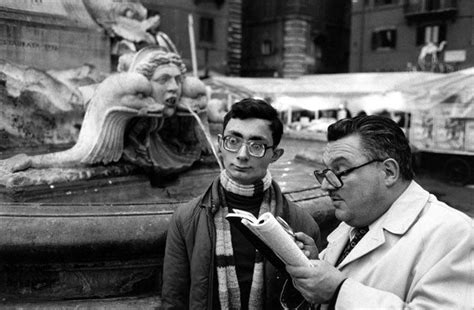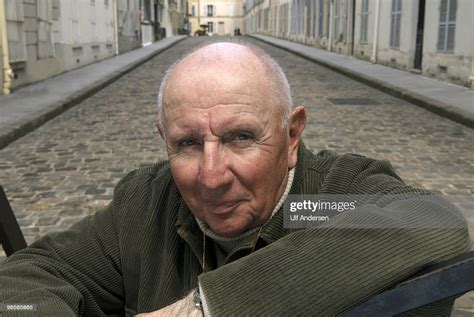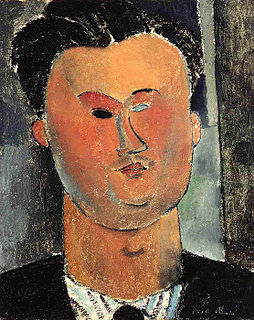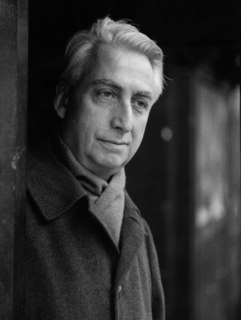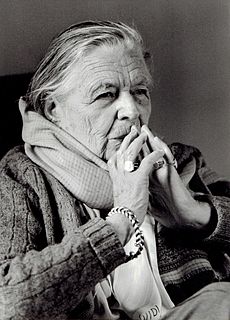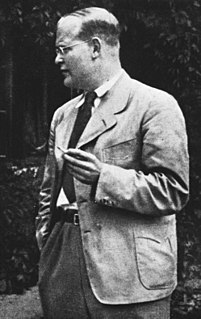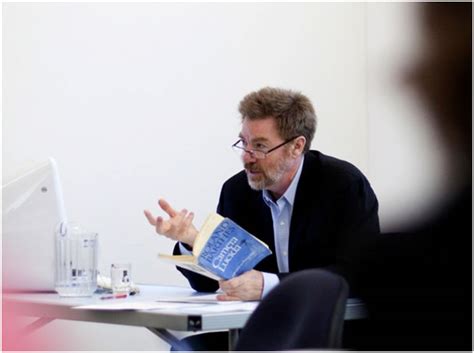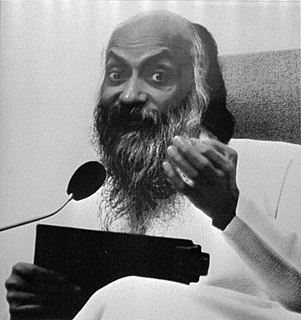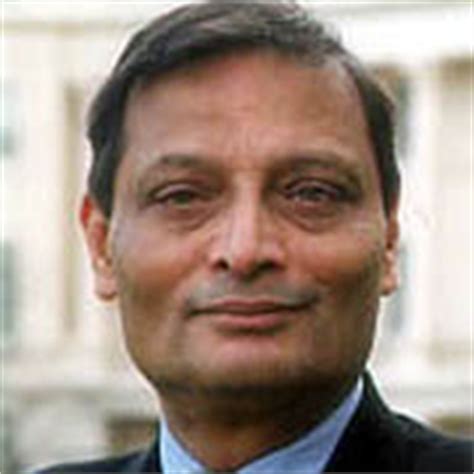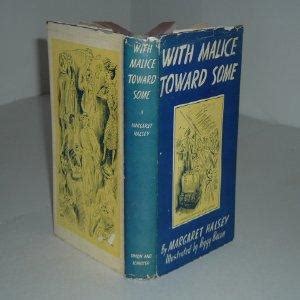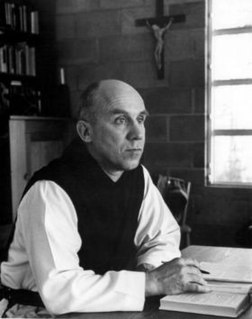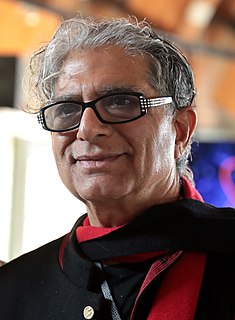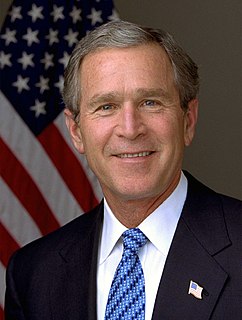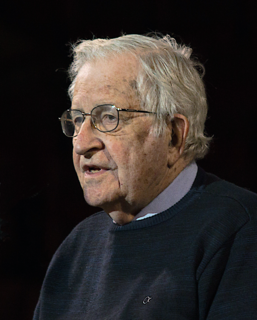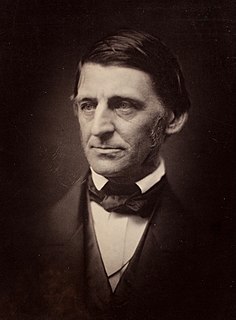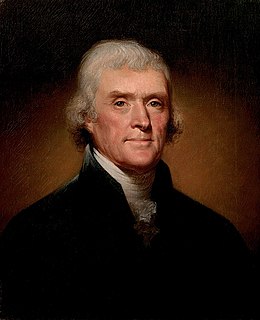A Quote by Richard Kalvar
A photograph is what it appears to be. Already far from 'reality' because of its silence, lack of movement, two-dimensional ity and isolation from everything outside the rectangle, it can create another reality, an emotion that did not exist in the 'true' situation. It's the tension between these two realities that lends it strength.
Related Quotes
We are entering a world where there won't be one but two realities, just like we have two eyes or hear bass and treble tones, just like we now have stereoscopy and stereophony: there will be two realities: the actual, and the virtual. Thus there is no simulation, but substitution. Reality has become symmetrical. The splitting of reality in two parts is a considerable event which goes far beyond simulation.
The image is a pure creation of the mind. It cannot be born from a comparison but from a juxtaposition of two more or less distant realities. The more the relationship between the two juxtaposed realities is distant and true, the stronger the image will be - the greater its emotional power and poetic reality..
For the photograph's immobility is somehow the result of a perverse confusion between two concepts: the Real and the Live: by attesting that the object has been real, the photograph surreptitiously induces belief that it is alive, because of that delusion which makes us attribute to Reality an absolute superior, somehow eternal value; but by shifting this reality to the past ("this-has-been"), the photograph suggests that it is already dead.
In love, for example - the so-called love - we are 'related.' We appear to be related. We create the fallacy of a relationship, but in fact we are just deceiving ourselves. The two will remain two. Howsoever near, the two will remain two. Even in sexual communion they will be two. This two-ness, this duality will never last. So a relationship is only creating a fallacious oneness. It is not there. Oneness can never exist between two selves. Oneness can only exist between two no-selves.
If you ant to feel deeply, you have to think deeply. Too often we separate the two. We assume that if we want to feel deeply, then we need to sit around and, well, feel. But emotion built on emotion is empty. True emotion- emotion that is reliable and does not lead us astray- is always a response to reality, to truth.
Reality became for me a problem after my experience with LSD. Before, I had believed there was only one reality, the reality of everyday life. Just one true reality and the rest was imagination and was not real. But under the influence of LSD, I entered into realities which were as real and even more real than the one of everyday. And I thought about the nature of reality and I got some deeper insights.
Words stand between silence and silence: between the silence of things and the silence of our own being. Between the silence of the world and the silence of God. When we have really met and known the world in silence, words do not separate us from the world nor from other men, nor from God, nor from ourselves because we no longer trust entirely in language to contain reality.
